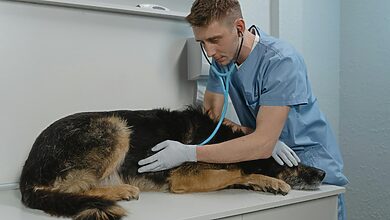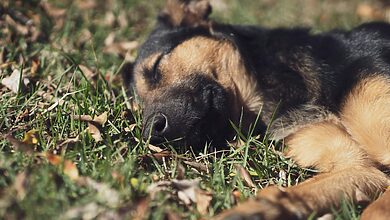Cat Teeth Cleaning: 5 Shocking Tricks for Pearly Whites
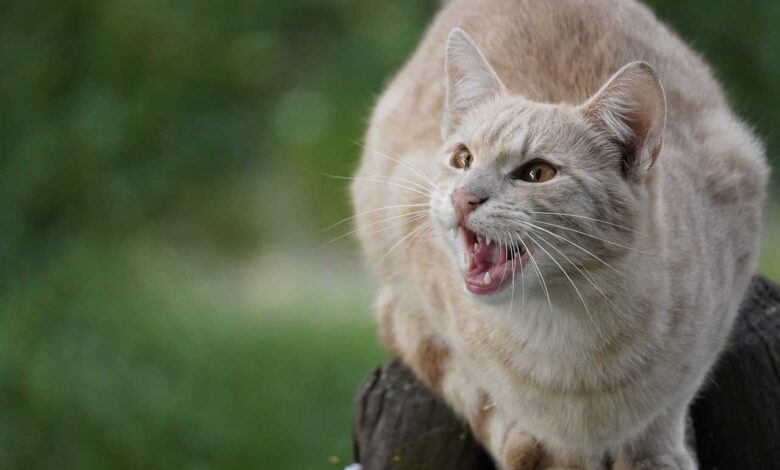
Welcome to our comprehensive guide on cat dental care! As dedicated pet parents, we understand the importance of ensuring our feline companions’ well-being in every aspect of their lives. While cuddles and treats are essential, proper dental care is often overlooked but plays a vital role in maintaining our cats’ overall health and happiness. In this guide, we’ll delve deep into the world of cat dental care, covering everything from the significance of oral hygiene to effective cleaning techniques and common dental problems. Whether you’re a seasoned cat owner or a new pet parent, this resource aims to empower you with the knowledge and tools necessary to provide the best oral care for your beloved furry friend.
Best Cat Dental Treats
- Cat dental care involves more than just brushing; dental treats can play a vital role in maintaining your feline’s oral health. These treats not only provide a tasty snack but also help combat common cat teeth dental problems such as tartar buildup and gingivitis.
- By incorporating dental treats into your cat’s routine, you can address issues like bad breath and reduce the risk of developing gingivitis, a precursor to more severe dental issues.
- Look for dental treats specifically formulated to promote cat teeth cleaning, containing ingredients that help scrub away plaque and freshen breath. These treats are an excellent addition to your cat’s dental care regimen, alongside regular brushing and professional cleanings.
- Websites such as Chewy (www.chewy.com) and PetSmart (www.petsmart.com) offer a wide selection of cat dental treats endorsed by veterinary professionals.

How to Clean Cat Teeth at Home
- Maintaining cat teeth dental care at home is essential for preventing dental problems like gingivitis and bad breath. Creating a DIY cat teeth cleaning kit allows you to take proactive steps in caring for your cat’s oral health.
- Begin by selecting the right tools for the job, including a soft-bristled toothbrush or finger brush designed for cats and toothpaste formulated for feline use. These essentials are key components of any cat teeth dental care routine.
- By following proper techniques and introducing toothbrushing gradually, you can make cat teeth cleaning a positive experience for both you and your feline friend. This DIY approach complements professional dental cleanings and helps maintain your cat’s oral hygiene between visits.
- Websites such as PetMD (www.petmd.com) and the American Veterinary Dental College (www.avdc.org) offer step-by-step guides and instructional videos on how to clean your cat’s teeth at home.
Signs of Cat Dental Disease
- Regular dental checkups are crucial for identifying cat teeth dental problems early on, including gingivitis and other forms of periodontal disease. Recognizing the signs of dental issues such as bad breath and bleeding gums allows for timely intervention and treatment.
- Cat bad breath, a common indicator of dental problems, can signal underlying issues like gingivitis. By addressing these symptoms promptly, you can prevent more severe cat teeth dental problems from developing.
- Schedule routine dental examinations with your veterinarian to assess your cat’s oral health and address any concerns. Early detection and proactive management are key to preventing cat teeth dental disease and maintaining your pet’s overall well-being.
- Websites such as WebMD Pets (pets.webmd.com) and the Cornell Feline Health Center (www.vet.cornell.edu) provide comprehensive information on the signs and symptoms of cat teeth dental disease.
Anesthesia-Free Cat Teeth Cleaning
- Anesthesia-free cat teeth cleaning offers an alternative approach to traditional dental cleanings, especially for cats with health issues that may make anesthesia risky. This method can effectively address cat teeth dental problems such as tartar buildup and gingivitis.
- While anesthesia-free cleanings may be beneficial in certain cases, it’s essential to weigh the pros and cons carefully. Discuss the suitability of this approach with your veterinarian, considering your cat’s individual needs and any existing dental concerns.
- By choosing the right cat teeth cleaning method for your pet, whether anesthesia-free or traditional, you can ensure their oral health is prioritized while minimizing associated risks. Regular dental care plays a crucial role in preventing cat teeth dental problems and maintaining your cat’s overall quality of life.
- Websites such as Pet Health Network (www.pethealthnetwork.com) and the American Animal Hospital Association (www.aaha.org) offer resources and articles discussing the pros and cons of anesthesia-free dental cleanings for cats.
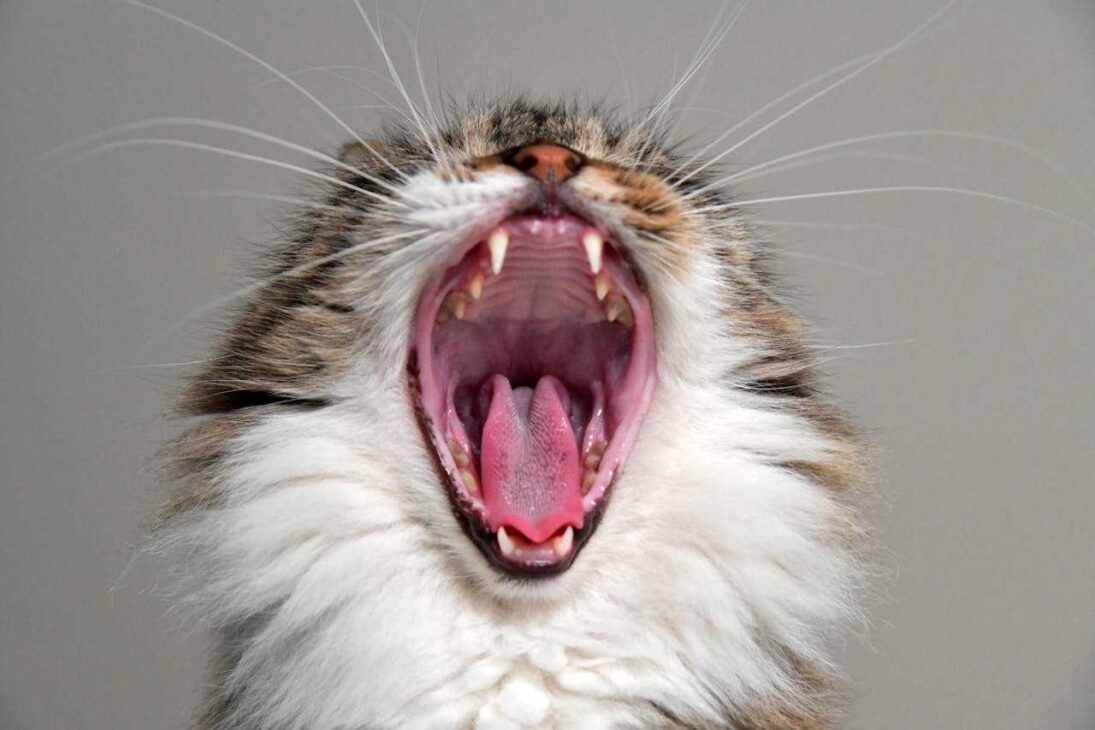
Preventative Cat Dental Care
- Preventing cat teeth dental problems requires a comprehensive approach that goes beyond just brushing. Providing dental-friendly toys and treats can help promote cat teeth cleaning and reduce the risk of issues like gingivitis and bad breath.
- Dental diets formulated to support oral health are another valuable tool in preventing cat teeth dental problems. These specialized diets are designed to reduce plaque and tartar buildup, supporting your cat’s dental care efforts.
- Incorporating preventive measures into your cat’s routine, such as regular veterinary checkups and professional cleanings, is essential for maintaining their oral health long-term. By prioritizing preventative cat teeth dental care, you can help your feline companion enjoy a lifetime of healthy teeth and gums.
- Websites such as VCA Hospitals (vcahospitals.com) and the American Veterinary Medical Association (www.avma.org) offer resources on preventive cat teeth dental care and the importance of maintaining oral health in cats.
Cat Dental Insurance
- Investing in cat dental insurance is a proactive step towards securing your cat’s oral health. Dental insurance covers a range of dental care services, including routine cleanings, treatments for cat teeth dental problems like gingivitis, and even surgeries for more severe issues.
- Cat dental insurance helps alleviate the financial burden of unexpected dental procedures, ensuring that your cat receives the necessary care without delay. From addressing bad breath to treating gingivitis, dental insurance provides peace of mind for cat owners.
- When selecting a cat dental insurance plan, consider factors such as coverage options, premiums, deductibles, and coverage limits. Choose a plan that aligns with your cat’s specific dental care needs and your budget.
- By investing in cat dental insurance, you can prioritize your cat’s oral health and provide them with the comprehensive dental care they need to thrive.
- Websites such as Embrace Pet Insurance (www.embracepetinsurance.com) and Nationwide Pet Insurance (www.petinsurance.com) offer information on pet insurance plans, including dental coverage options for cat teeth.
Cost of Cat Dental Cleaning
- Budgeting for cat dental cleaning is an essential aspect of responsible pet ownership. The cost of professional dental cleanings for cats varies depending on factors such as geographic location, the extent of tartar buildup, and any additional dental treatments required.
- To budget effectively for cat dental cleaning, consider setting aside funds regularly or exploring financing options offered by veterinary clinics or pet insurance companies. Planning ahead allows you to cover the cost of routine dental care without financial strain.
- Some veterinary clinics may offer discounted dental cleaning packages or special promotions, particularly during National Pet Dental Health Month in February. Take advantage of these opportunities to save on cat teeth dental cleaning expenses while prioritizing your cat’s oral health.
- By budgeting for cat dental cleaning and incorporating it into your pet care expenses, you can ensure that your cat receives the necessary preventive care to maintain healthy teeth and gums.
- Websites such as CareCredit (www.carecredit.com) and Scratchpay (www.scratchpay.com) offer financing options for veterinary care, including dental cleanings for cat teeth.

Cat Teeth Falling Out: Causes and Remedies
- Tooth loss in cats can result from various factors, including untreated dental problems like gingivitis and periodontal disease. Recognizing the signs of tooth loss, such as difficulty eating or pawing at the mouth, is crucial for prompt intervention.
- Addressing the underlying causes of tooth loss, such as cat teeth dental problems or systemic health issues, is essential for preventing further tooth loss and maintaining your cat’s oral health.
- Treatment for tooth loss in cats may involve dental cleanings, extractions, and management of underlying health conditions. Your veterinarian can recommend the most appropriate course of action based on your cat’s individual needs.
- Providing your cat with soft or moist food, regular dental checkups, and preventive dental care can help reduce the risk of tooth loss and promote overall dental health.
- Websites such as Petfinder (www.petfinder.com) and Pet Health Library (www.pethealthlibrary.vin.com) offer articles and resources on dental care for cats, including information on tooth loss and treatment options for cat teeth.
Bleeding Gums in Cats
- Bleeding gums in cats are often a sign of gingivitis, a common form of cat teeth dental problems characterized by inflammation of the gums. If left untreated, gingivitis can progress to more severe periodontal disease, leading to tooth loss and other complications.
- If you notice bleeding gums in your cat, schedule a veterinary examination to determine the underlying cause and appropriate treatment. Your veterinarian can perform a thorough oral examination and recommend a treatment plan tailored to your cat’s needs.
- Treatment for bleeding gums in cats may involve professional dental cleanings, antibiotics, and pain management. Preventive measures such as regular toothbrushing and providing dental-friendly toys and treats can help prevent gingivitis and maintain your cat’s oral health.
- By addressing bleeding gums promptly and implementing preventive measures, you can help your cat maintain healthy teeth and gums throughout their life.
- Websites such as International Cat Care (icatcare.org) and VetStreet (www.vetstreet.com) offer articles and resources on cat health, including information on bleeding gums and dental care for cat teeth.
Educational Resources for Cat Owners
- Accessing educational resources on cat dental care empowers cat owners to take an active role in their pet’s oral health. Reliable sources of information, such as veterinary websites, books, and workshops, provide valuable insights into cat dental care best practices.
- Stay informed about the latest advancements in cat dental care, preventive measures, and treatment options through ongoing education and professional development opportunities.
- By equipping yourself with knowledge and resources, you can provide the best possible care for your cat’s dental health and overall well-being. Empowering responsible pet care begins with education and a commitment to prioritizing your cat’s oral health.
- Websites such as The American Veterinary Dental College (www.avdc.org) and The Cornell Feline Health Center (www.vet.cornell.edu) offer educational resources on cat dental care, including articles, videos, and FAQs for cat owners.
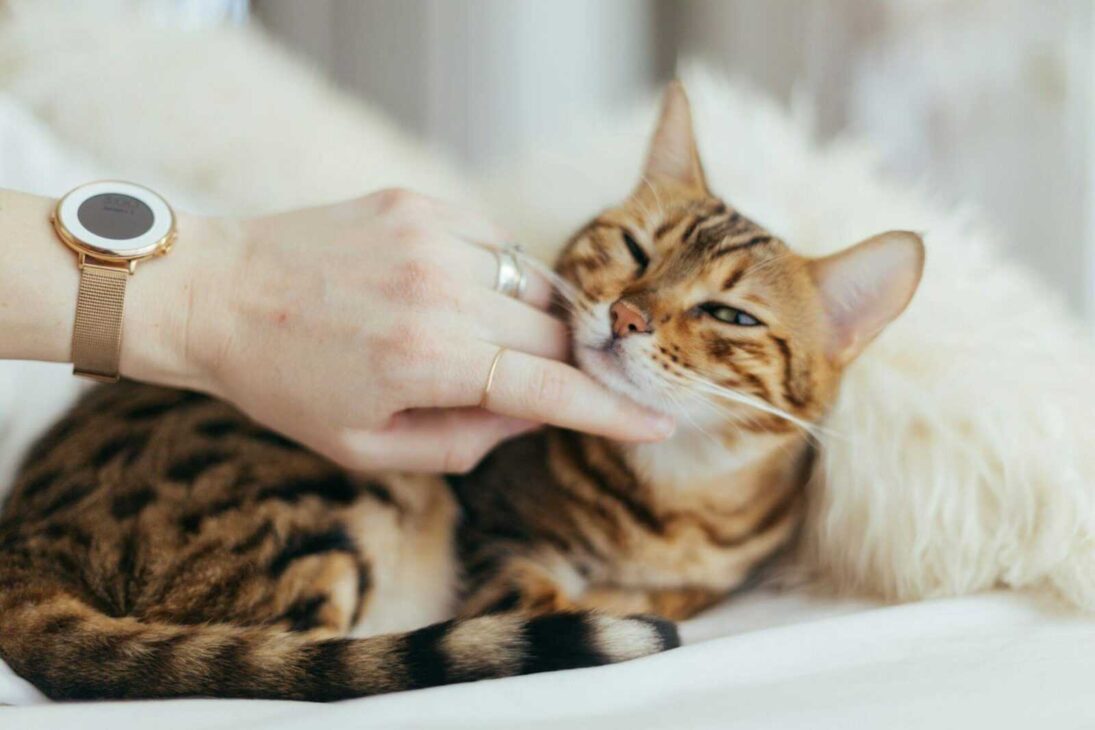
Cat Dental Health
Congratulations on taking the proactive step towards ensuring your cat’s dental health! By implementing the tips and techniques outlined in this comprehensive guide, you’re not only safeguarding your cat’s teeth and gums but also enhancing their overall quality of life. Remember, consistent care and attention to your cat’s oral health will lead to a happier and healthier feline companion. For ongoing support and expert advice on pet care, be sure to stay connected with us and join our community of dedicated pet lovers!
FAQ
Q: How often should I brush my cat’s teeth?
- A: Aim for daily brushing to keep your cat’s teeth clean and healthy. However, brushing several times a week can still be beneficial if daily brushing isn’t feasible. Consistency is key to maintaining optimal oral hygiene for your feline friend.
Q: What if my cat refuses to let me brush their teeth?
- A: Introducing toothbrushing gradually and using positive reinforcement can help overcome resistance. Additionally, consider using dental wipes or dental treats as alternatives to traditional brushing to promote dental health without stress.
Q: Are dental treats effective for cat teeth cleaning?
- A: Yes, dental treats can be an effective addition to your cat’s oral care routine. These specially formulated treats help reduce plaque and tartar buildup, promoting better oral health and fresher breath.
Q: How do I know if my cat has dental problems?
- A: Watch out for signs such as persistent bad breath, swollen or bleeding gums, difficulty eating, and pawing at the mouth. These indicators could signal underlying dental issues that require prompt attention from a veterinarian.
Q: What are the risks associated with anesthesia-free dental cleanings for cats?
- A: While anesthesia-free cleanings may seem less invasive, they may not effectively address underlying dental issues. Consult with your veterinarian to weigh the pros and cons and determine the best approach for your cat’s dental care, prioritizing their safety and well-being.
Q: Can dental insurance cover routine cleanings for my cat?
- A: Many pet insurance plans offer coverage for dental cleanings and treatments, providing financial peace of mind for pet owners. Review your policy to understand the extent of coverage for dental care and ensure your cat receives the necessary preventive and therapeutic treatments.
Q: How much does cat dental cleaning cost?
- A: The cost of cat dental cleaning can vary depending on factors such as the location of the veterinary clinic, the extent of dental issues, and any additional treatments required. On average, it ranges from $200 to $600 or more. Investing in preventive dental care can help minimize future expenses and maintain your cat’s oral health.
Q: What should I do if my cat’s teeth start falling out?
- A: Tooth loss in cats can indicate underlying dental problems or systemic health issues. Prompt veterinary evaluation is essential to determine the cause and appropriate treatment, which may include dental cleanings, extractions, or management of underlying conditions.
Q: Are bleeding gums in cats a cause for concern?
- A: Yes, bleeding gums can indicate gum disease (gingivitis) or other dental issues. Schedule a veterinary examination for proper diagnosis and treatment to prevent further complications and preserve your cat’s oral health.
Q: How can I prevent dental problems in my cat?
- A: Prevention is key to maintaining your cat’s dental health. Establish a regular dental care routine that includes daily toothbrushing with a feline-specific toothpaste, providing dental-friendly toys and treats, and scheduling routine dental checkups with your veterinarian. These proactive measures can help prevent dental problems and promote lifelong oral health for your cat.







